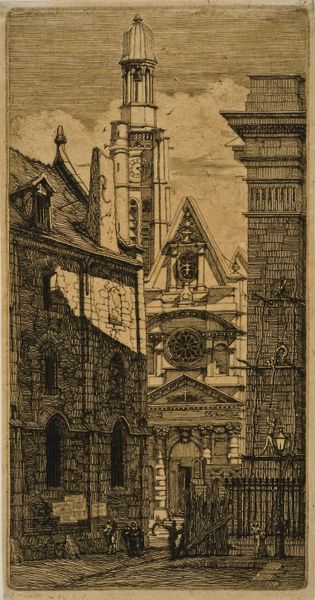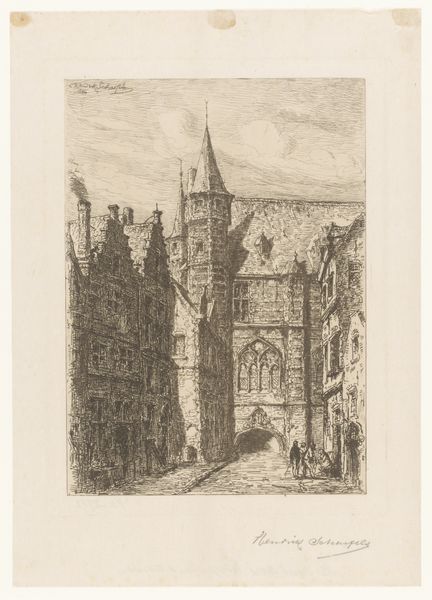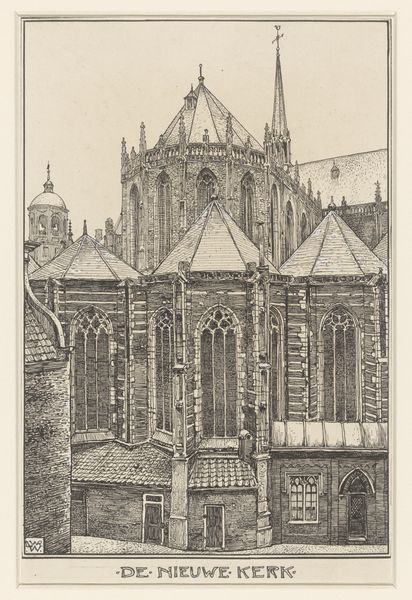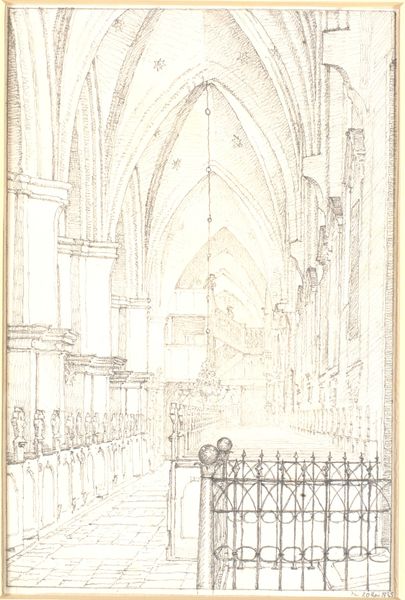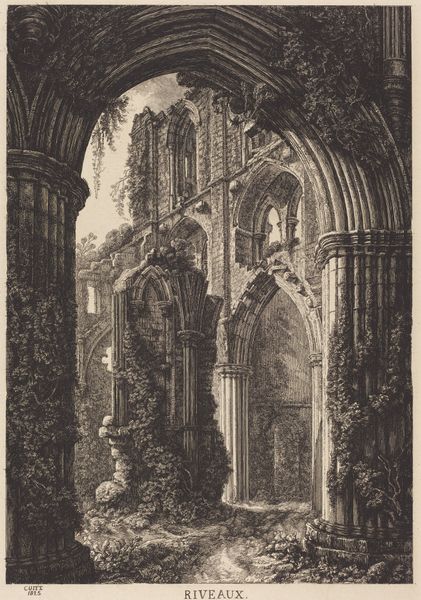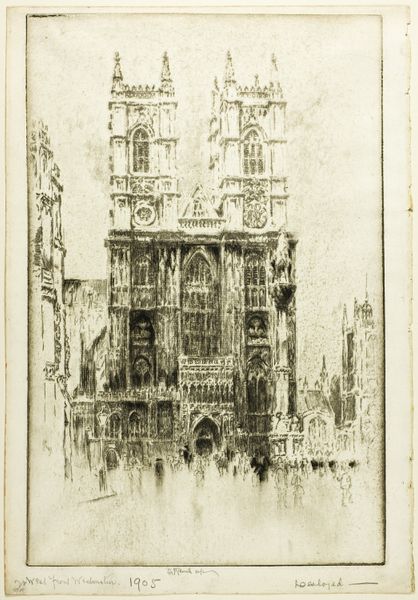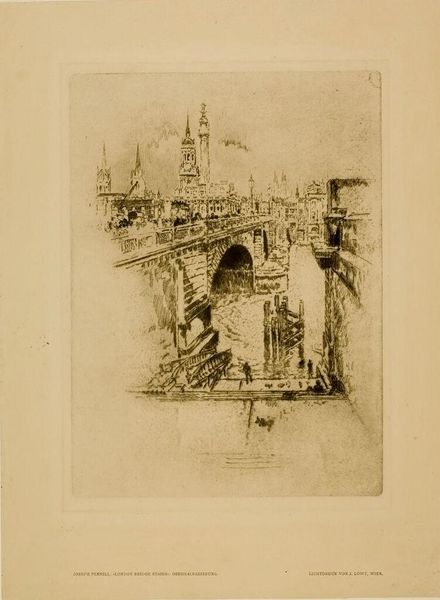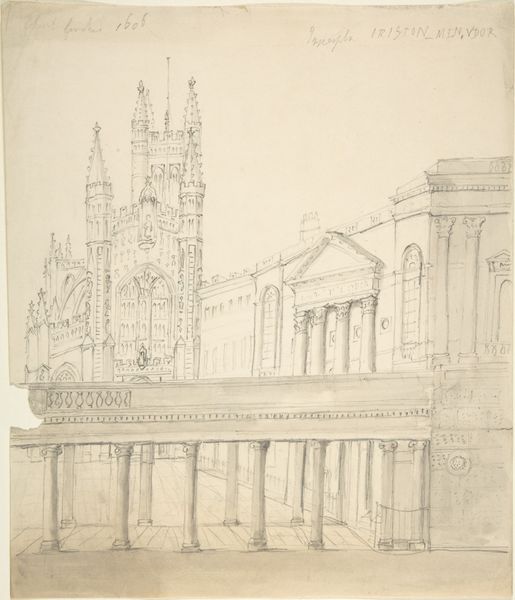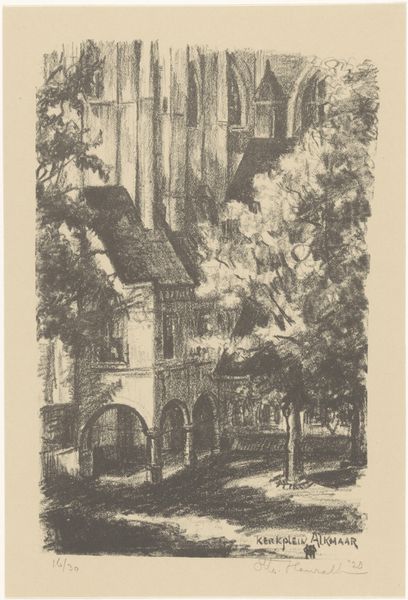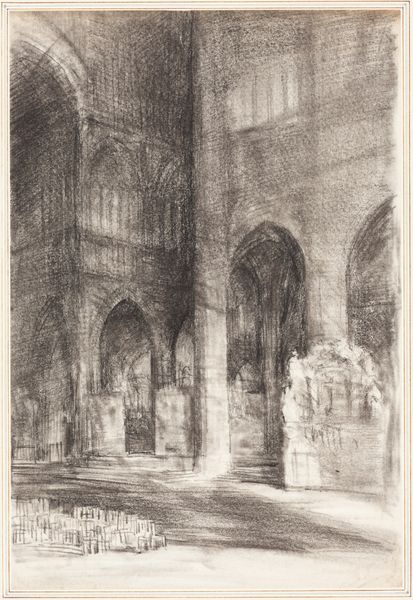
print, engraving
# print
#
old engraving style
#
landscape
#
cityscape
#
northern-renaissance
#
engraving
#
realism
Dimensions: height 216 mm, width 152 mm
Copyright: Rijks Museum: Open Domain
Editor: This print, “View of a Bridge, in Cambridge,” from 1837, depicts a detailed cityscape with an arched bridge as the focal point. It's an engraving. There's a somberness to it; the detailed lines almost feel like they're documenting something precious before it disappears. What societal values were at play when something like this was created? Curator: That somberness you perceive is crucial. The detailed rendering of Cambridge’s architecture speaks to the era's fascination with history, legacy, and the power structures embedded within institutions like universities. Consider who had access to these institutions in 1837. Who was excluded? This image, seemingly a simple landscape, quietly reinforces existing social hierarchies by idealizing a world available only to a select few. Editor: So, you're saying the act of documenting becomes a political statement? Highlighting a specific social stratum? Curator: Exactly. Furthermore, the very choice of a bridge – a structure meant to connect – can be ironically interpreted as a symbol of division, particularly if access to what lies on either side is unequal. Consider how this image might be viewed by those who couldn't even dream of crossing that bridge into the halls of Cambridge. Editor: It really puts the print into a different light, understanding that not everyone would have had the same experience of that view. Thank you! Curator: My pleasure. This is precisely how art invites us to examine our own biases and historical position.
Comments
No comments
Be the first to comment and join the conversation on the ultimate creative platform.
